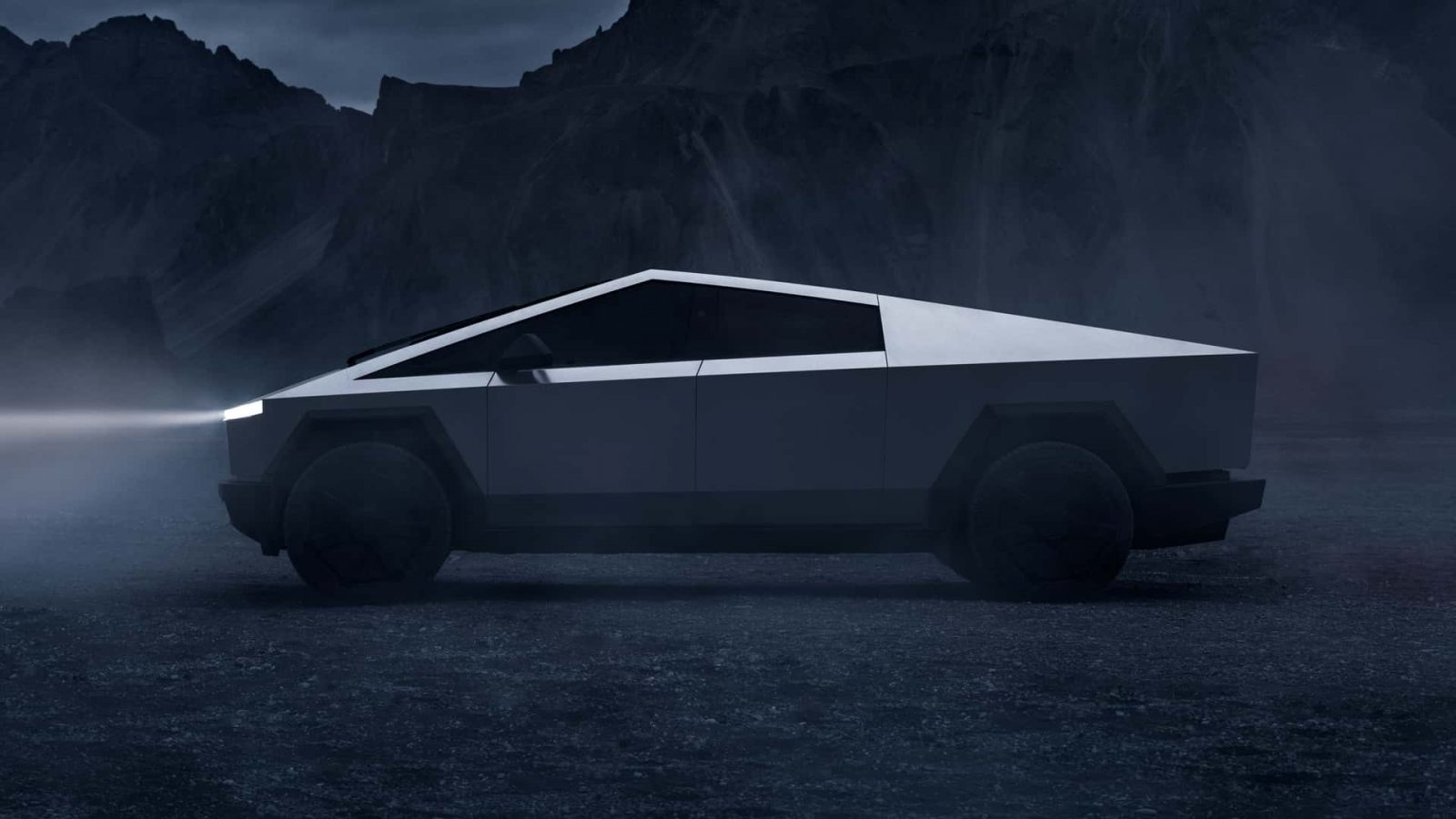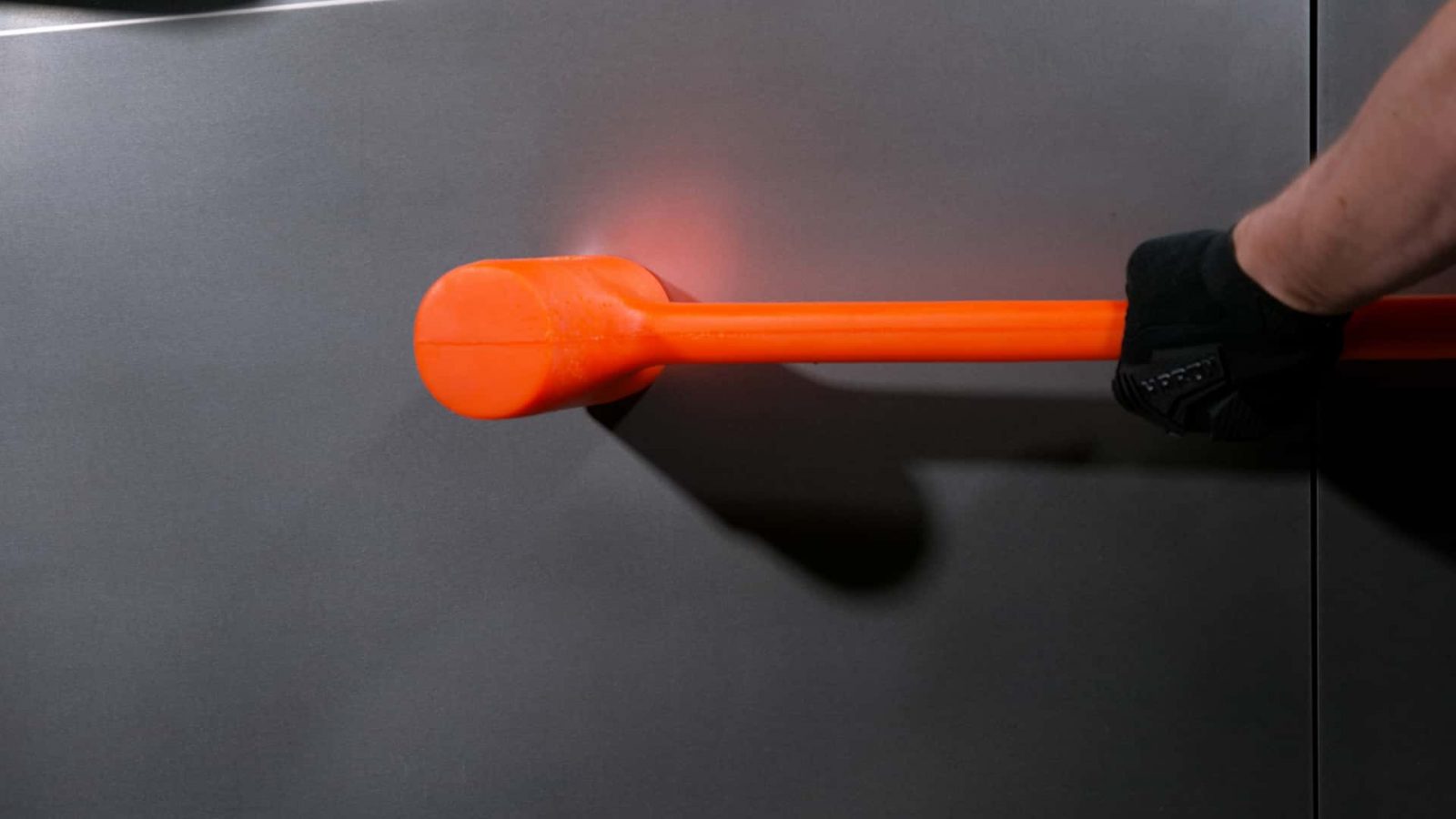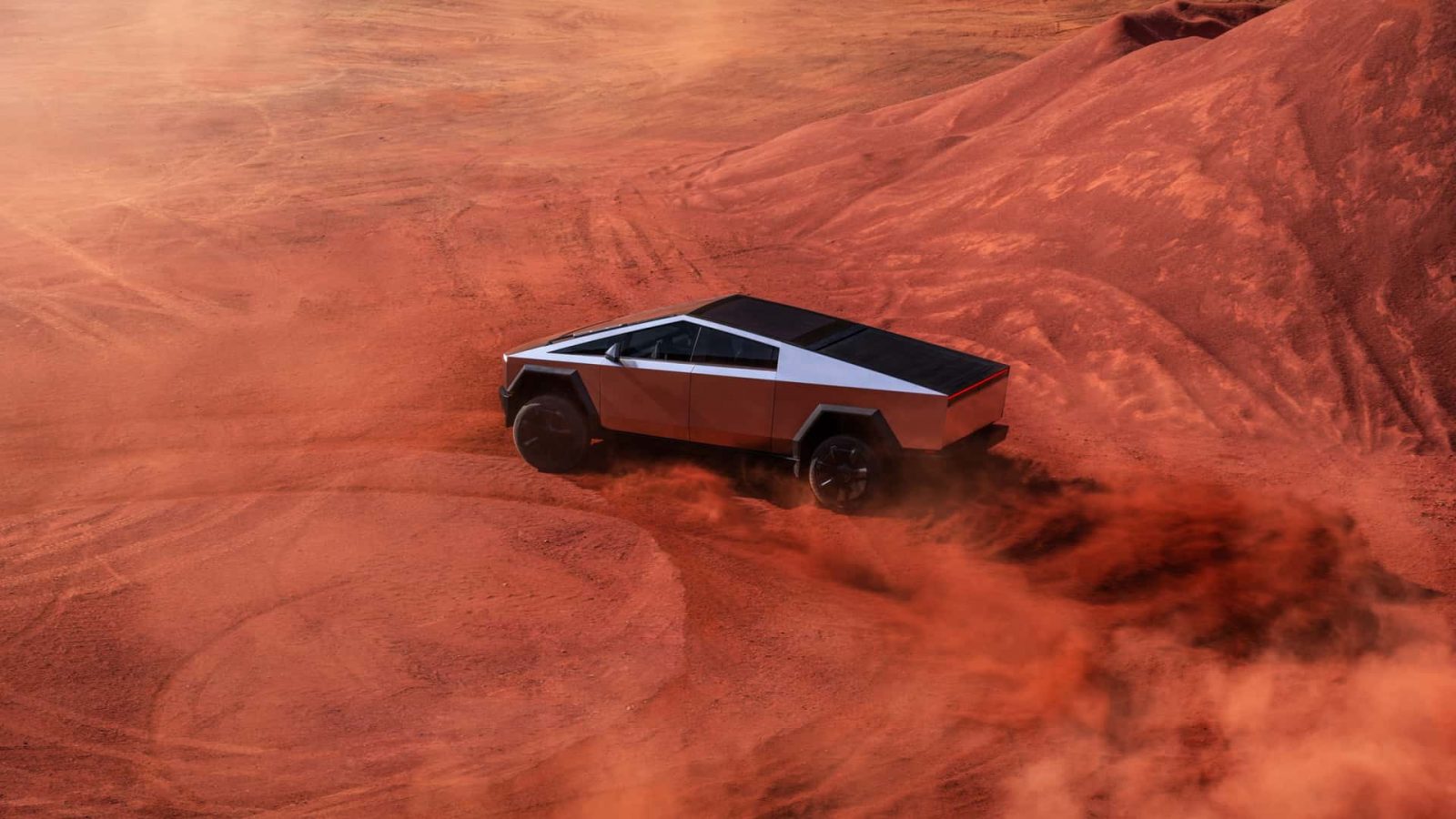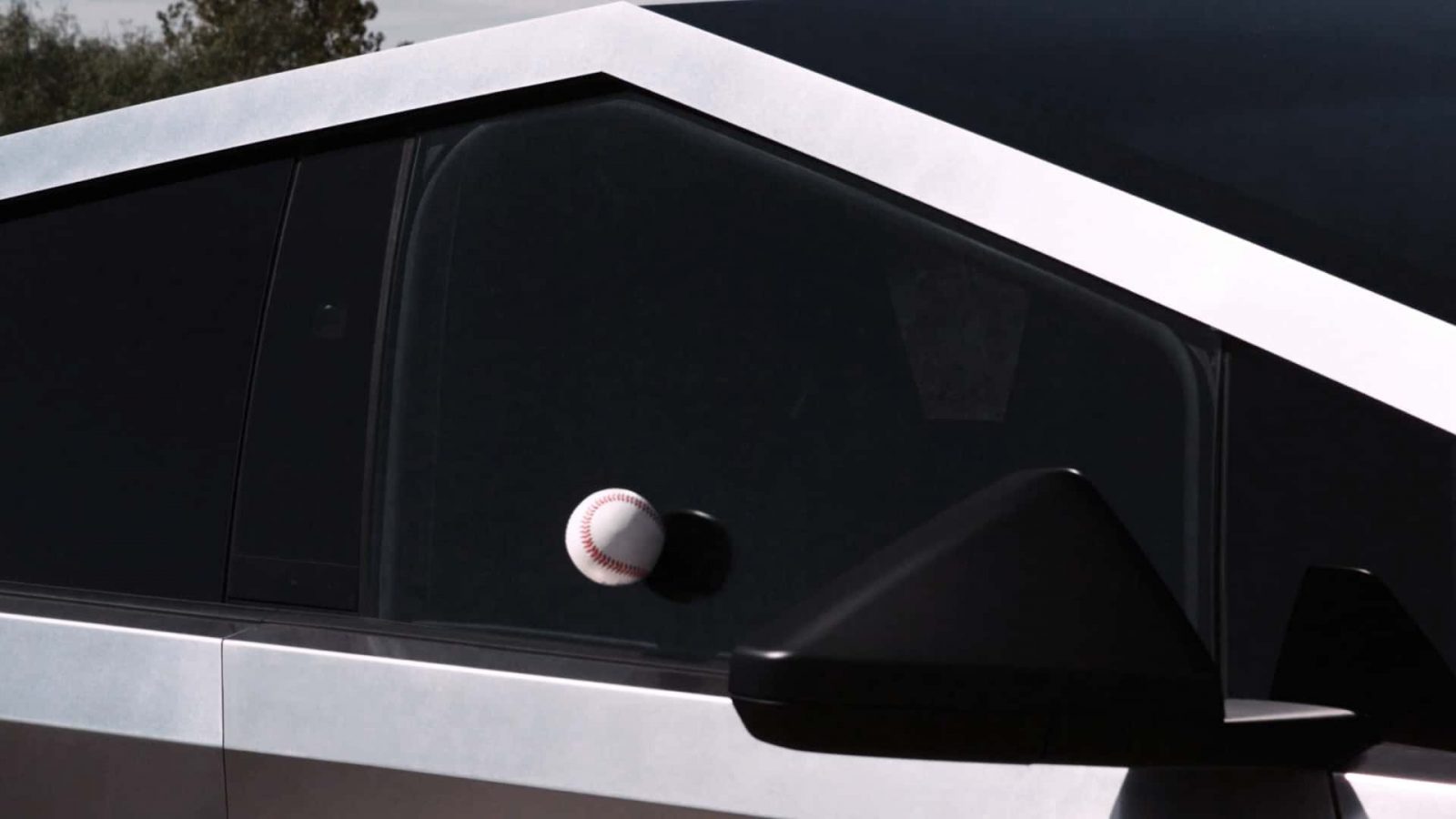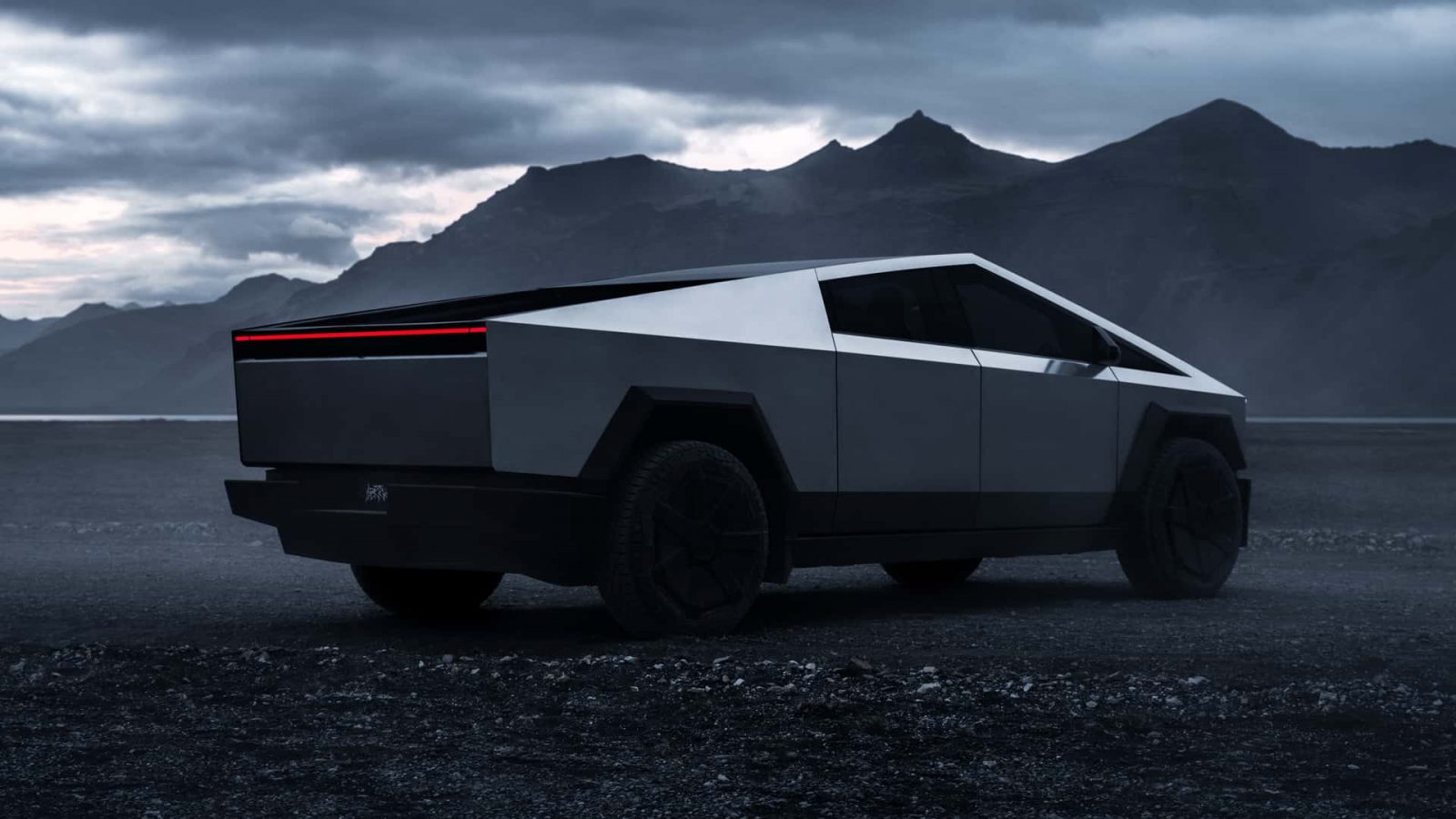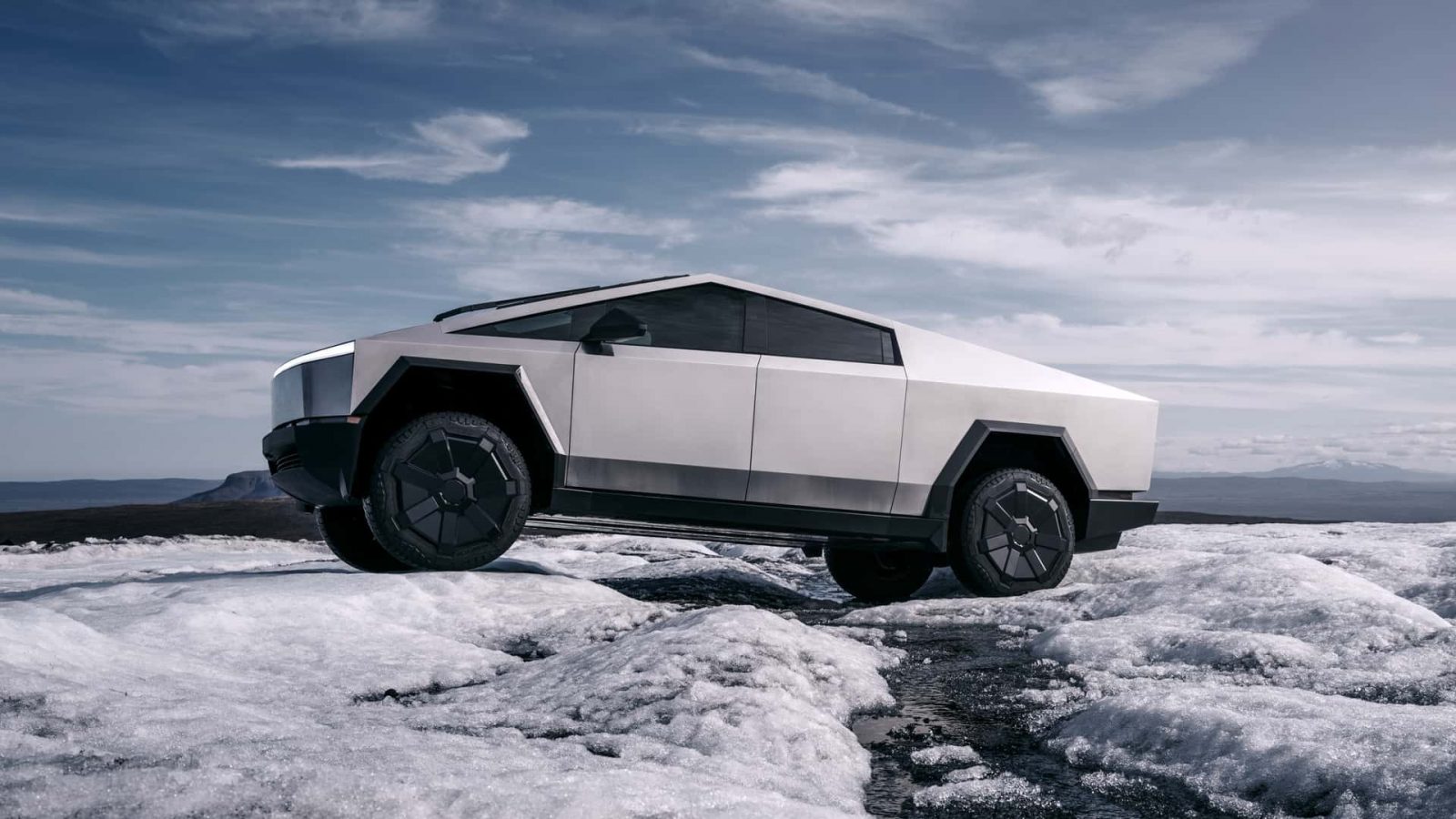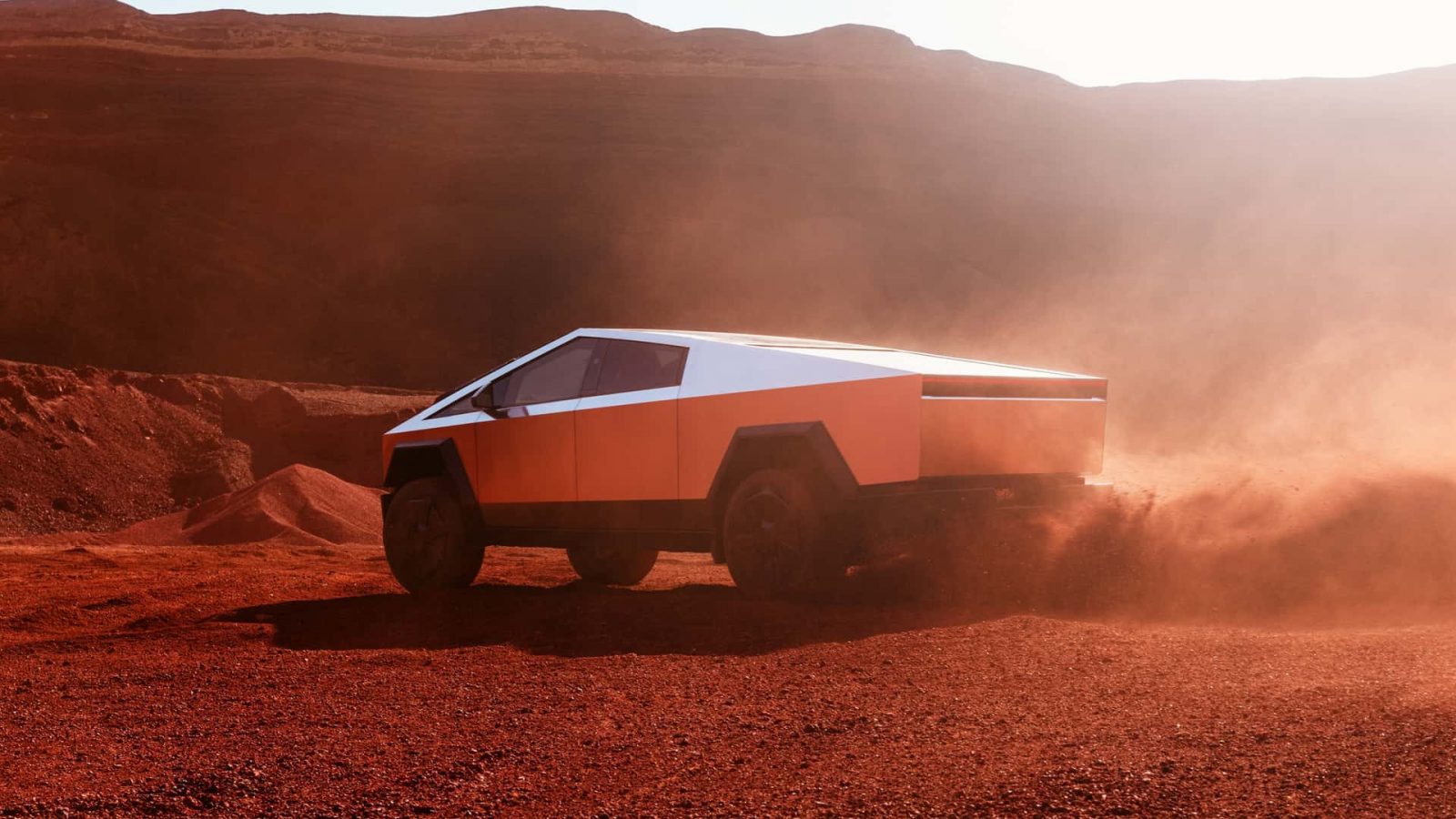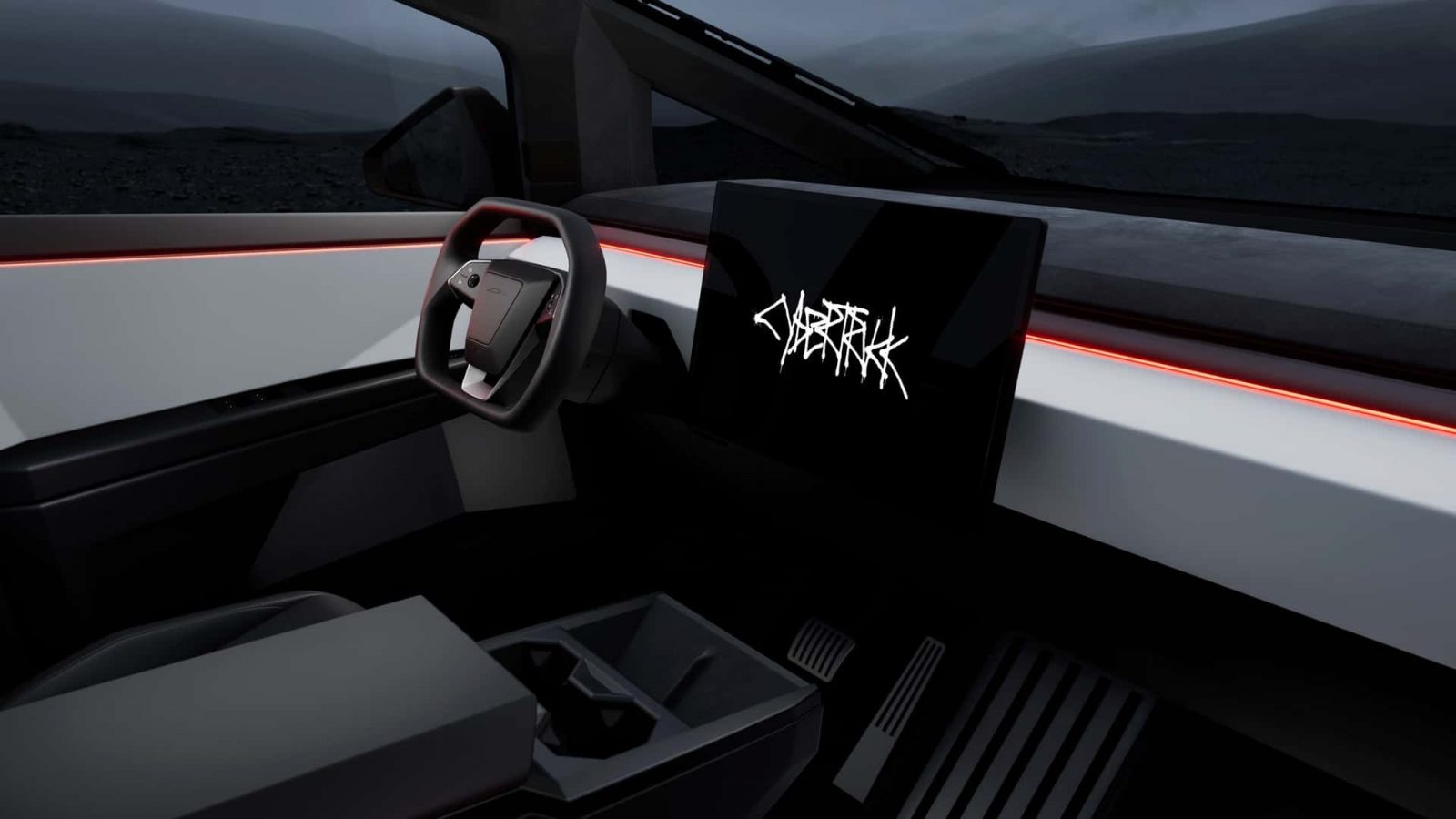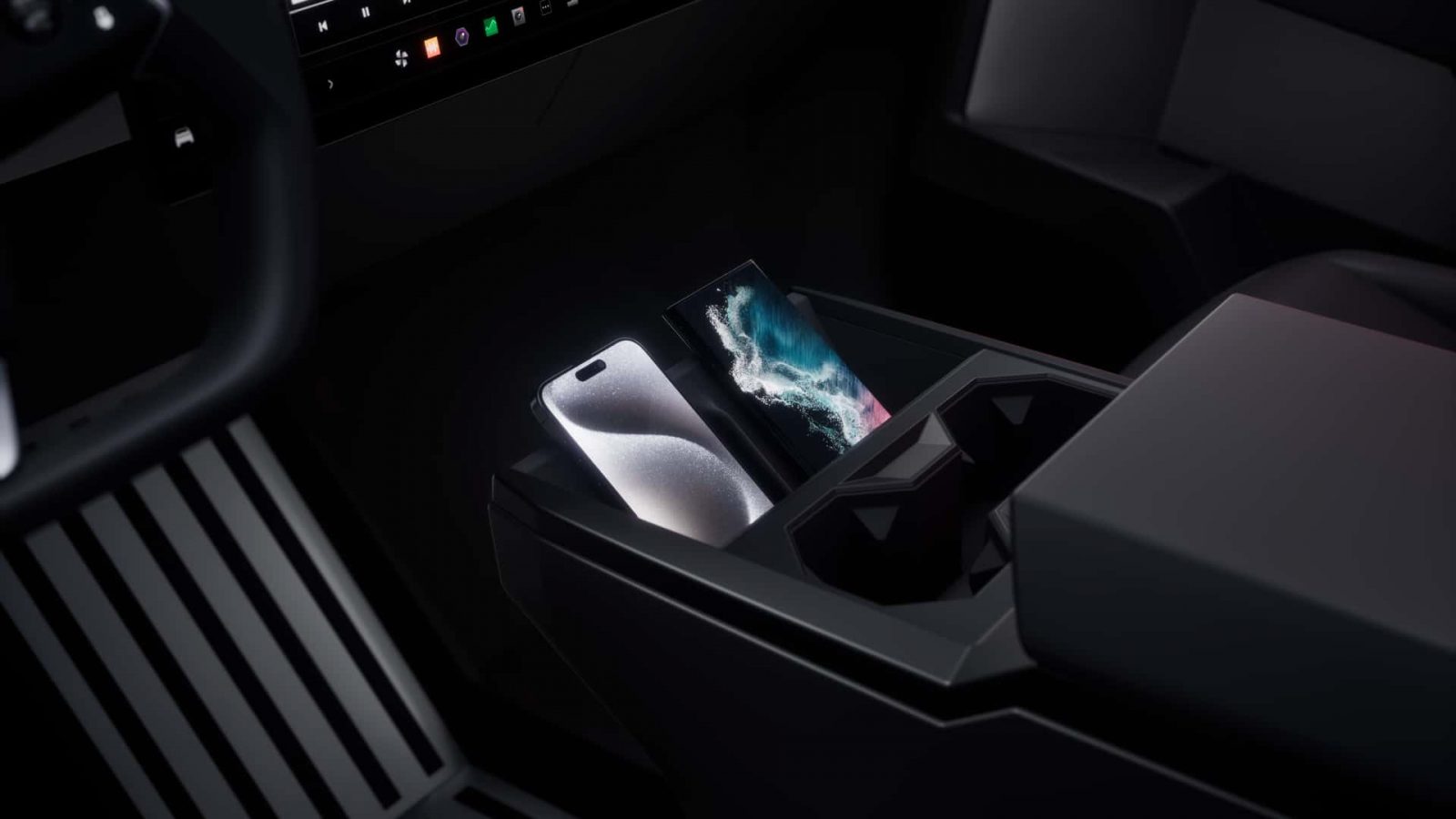When Tesla first revealed the Cybertruck back in 2019, it was a unique and daring offering with the wedge-like shape and stainless steel bodywork being balanced out by the ambitious promises of Tesla CEO Elon Musk. It was a polarizing statement but then the company forced the world to wait several more years while it embarked on a long development program to bring the concept to production that endured plenty of challenges and setbacks along the way. Fast forward to 2023 and the production version Cybertruck is finally here, but is it a classic case of too little too late?
Cybertruck Is Still A Wedge But Has Engineering Baked In

A prominent talking point about the Cybertruck is its styling which is still a giant wedge and appears to have only undergone minor changes from concept to production with the vehicle still embracing stainless steel bodywork. Tesla claims that this “exoskeleton” allows the Cybertruck to have more torsional rigidity than a McLaren P1 supercar while also being able to withstand impacts from bullets and other projectiles. Tesla’s second go around at demonstrating its “unbreakable” windows also went as planned this time around and Musk claimed that not only they can withstand the impact from a baseball thrown at speeds up to 70 mph, but also class four hail.
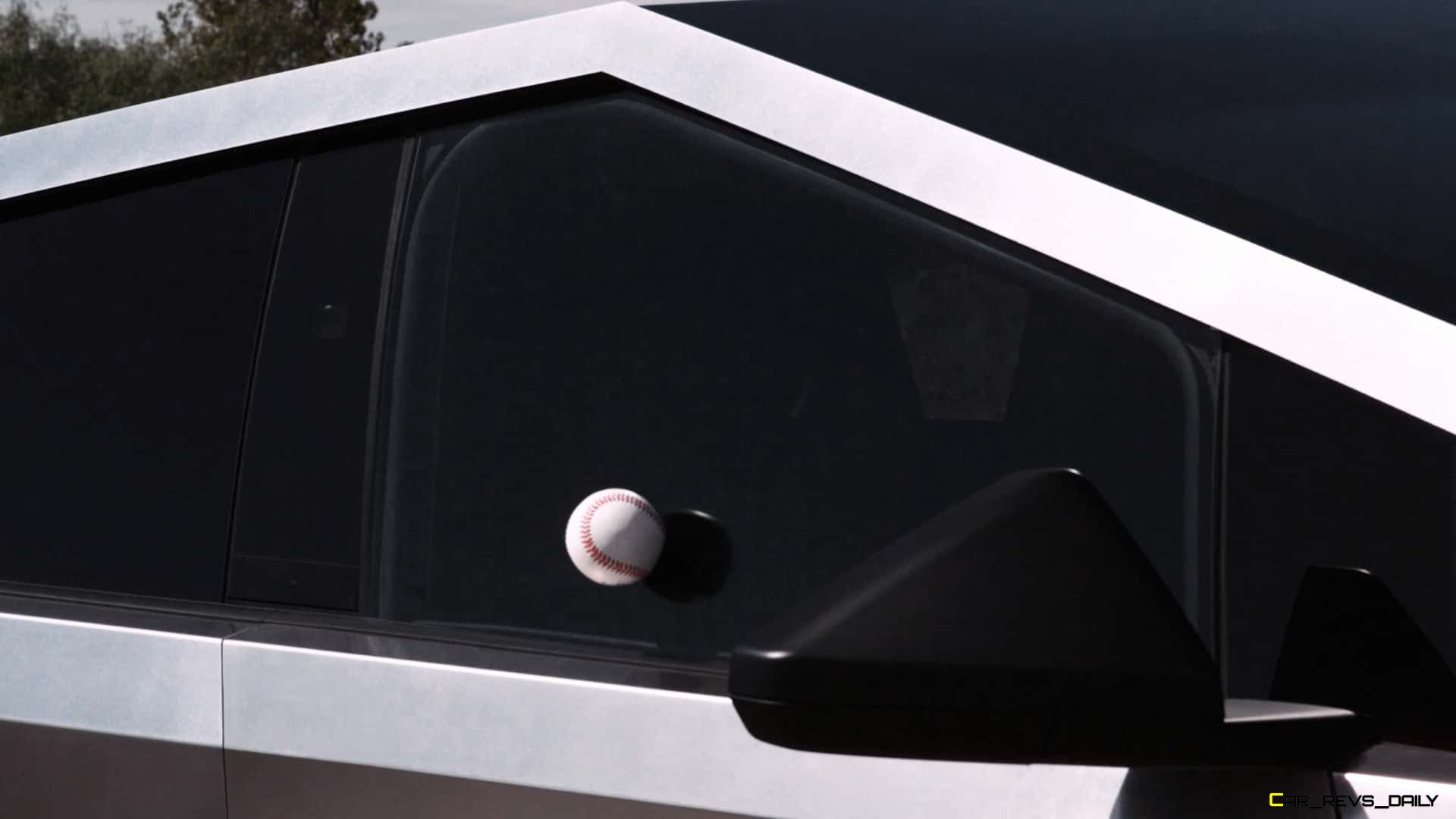
Tesla also claims that the Cybertruck is incapable of rolling over due to the placement of the battery pack as well as its weight but while the company’s internal tests seemed to confirm this (with the Cybertruck tipping but not formally flipping over) the laws of motion and gravity are very formidable adversaries to overcome and the shatter-proof windows themselves also make us wonder how an occupant would be able to exit if the Cybertruck does indeed flip over (we hope to hear more from Tesla on that one at some point.) The roofline slopes downward towards a slab-sided rear end with a small LED light bar running across the center with the small bed being covered by a retractable load cover. The six-foot-long and four-foot-wide bed is made out of composite materials, and Musk claims that not only does it not need a traditional bedliner but that it can also haul several sheets of plywood.
As a whole, the Cybertruck is a garish exercise in brash styling and it will undoubtedly draw plenty of stares and questions from your neighbors if they ever have the chance to lay eyes on it. While it’s smaller than a Ford F-150 the Cybertruck is still slated to bring the fight to rivals (which have largely beaten the Tesla to market) and it will be interesting to see how it can stand out in a segment that has grown considerably since its 2019 debut. In the meantime, Tesla released a video of its bullet test which can be seen below
Cybertruck Interior Follows Tesla Core Essentials
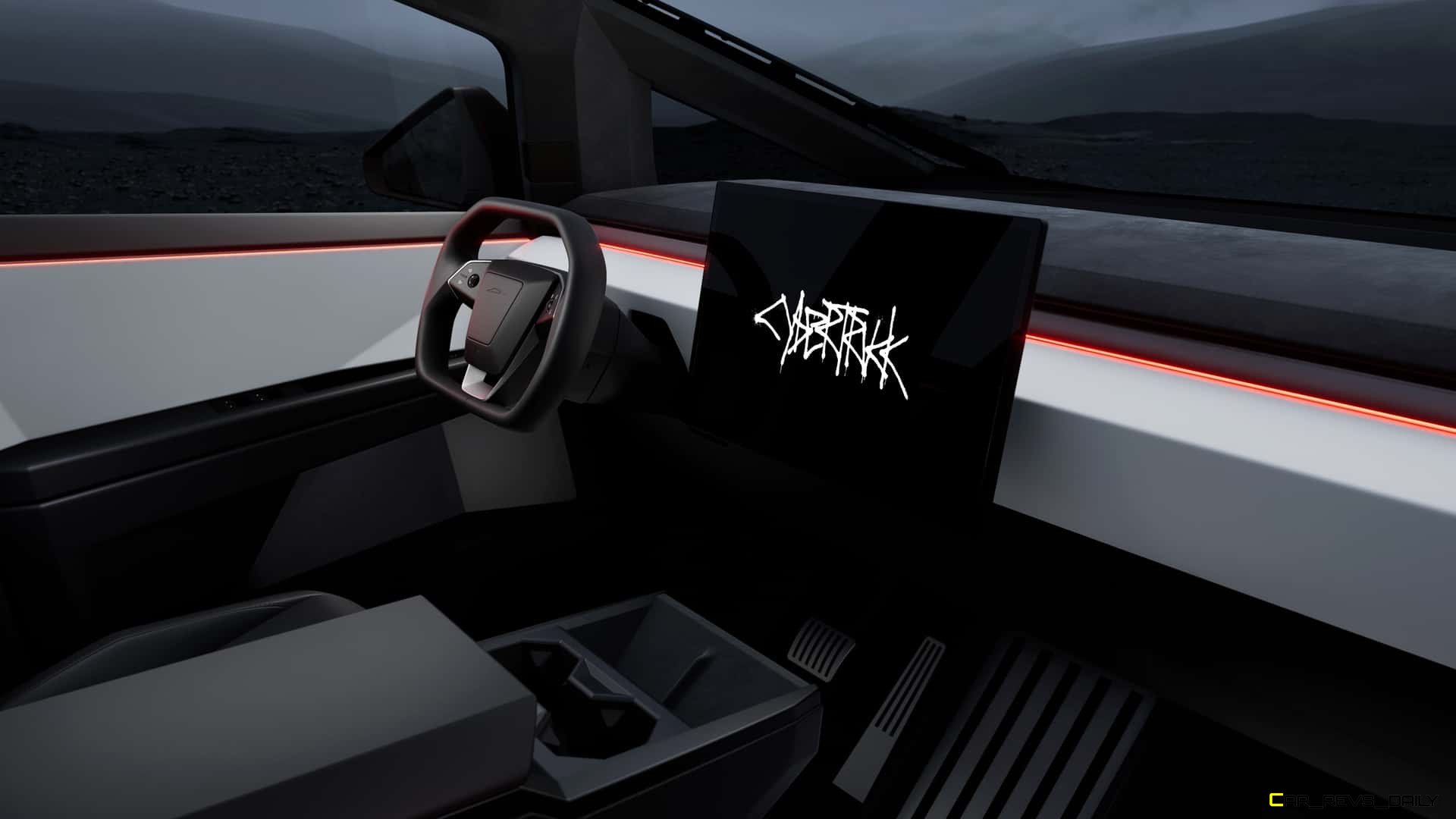
Slip inside and you’ll find that the Cybertruck’s cabin is in familiar territory if you were to compare it to other Tesla models. The look is clean and simple but in the case of the Cybertruck it also feels like you entered a barren cyberpunk-themed hell world with the design focusing on sharp angles and chunky pieces of plastic. The front windshield does its best impression of the one also seen in GM’s dustbuster vans from the 1990s while a large one-piece wiper blade is responsible for keeping the view clear in inclement weather. With rear visibility being reduced to zero, Tesla replaced the traditional rearview mirror assembly with a novel camera unit but for buyers hoping that this would extend to the side mirrors we have bad news for you since the National Highway Traffic Safety Administration (NHTSA) still says that those pieces are illegal on U.S. production cars.
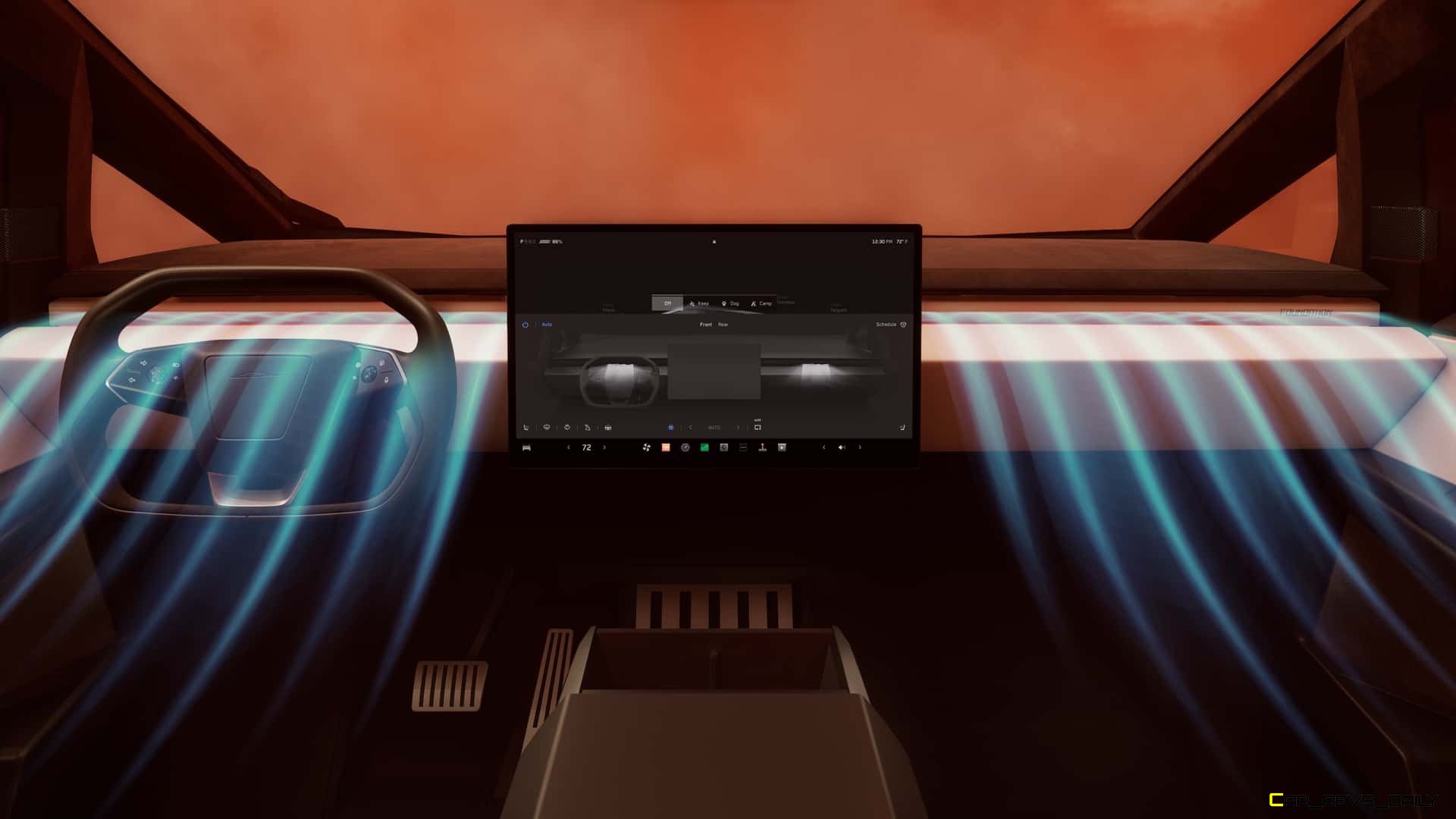
Two large cupholders help keep drinks secure while a large storage space between the front seats has room for a wide range of items. A simple rear bench is located behind the front passengers and Tesla says that the seats can be folded upward to help improve cargo space. The heart of the Cybertruck (like other Tesla models) is housed inside a massive 18.5-inch infotainment screen. The screen houses a multitude of things including the speedometer, climate, audio functions as well as other essential functions like adjusting the mirrors and more. It’s still confusing at first glance but we look forward to sitting inside the Cybertruck at a later date to see if the system can be mastered after long-term exposure.
A Beast Lurks Under The Polarizing Skin
If you’re willing to look past the wedge-like styling and the barren interior Tesla claims the performance hardware will be worth the wait. The base model is powered by a single electric motor but the company did not reveal formal figures for that model at their delivery event. Instead, Tesla preferred to focus on the beefier models in the lineup with the mid-range dual-motor model producing a combined system output of 600-hp and a 4.1-second 0 to 60 time. But if even that is not enough power for you, Tesla will direct your attention to the range-topping tri-motored Cyberbeast model. Ditching the Plaid designator that the company has used for some of its prior high-performance models, this iteration of the Cybertruck produces 845-hp and can make the same sprint to 60 mph in 2.6 seconds.
Meanwhile, range figures have changed from 2019 with the company perhaps adjusting these figures to reflect the advancements in battery technology that occurred since the concept debuted in 2019 (did we mention it was a long journey to get here.) Back then Tesla claimed that the RWD version would get 250+ miles of range while the dual-motor version would get 300+ miles. The tri-motor version was supposed to be the range leader with that model getting 500 miles. Fast forward a few years and things have changed with the base model now getting a firm 250 miles of range, the dual-motor model getting 40 more miles for a revised estimated total of 340 and the Cyberbeast getting a rather modest 320 miles of range. These figures are still respectable but they fall short of rivals like the Rivian R1T, Ford F-150 Lighting, and the upcoming Ram REV 1500. The Tesla will offer a range extender but it will be an externally mounted battery pack instead of being integrated into the platform itself.
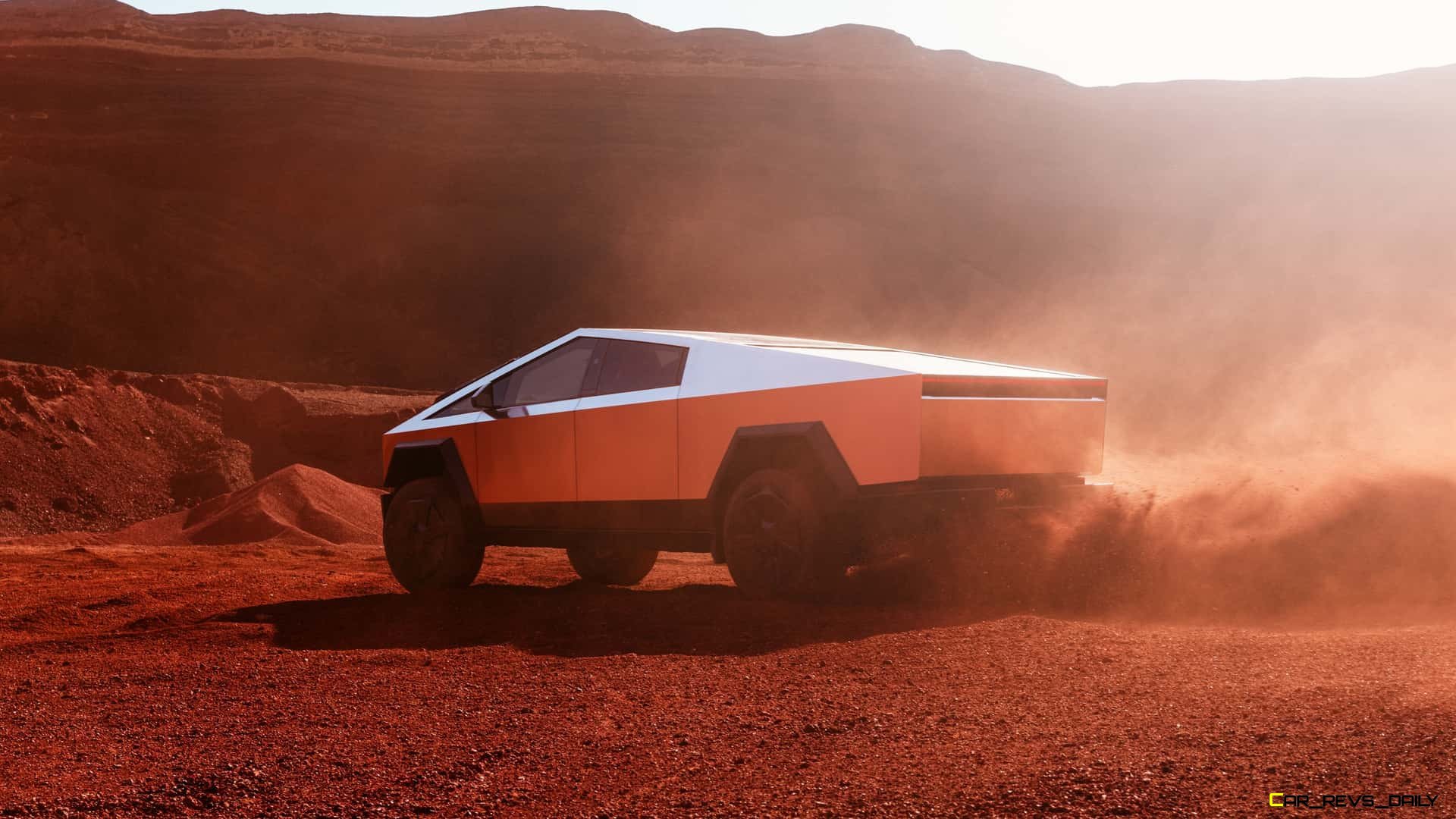
With the Cybertruck being a style-focused rig, it should come as no surprise that it underperforms in the art of doing actual truck stuff with the RWD version being capable of towing 7,500 lbs while the dual-motor and the Cyberbeast can tow 11,000 lbs. Cargo hauling is no better either with Musk claiming that the Cybertruck can haul 2,500 lbs though it’s unknown if this is defacto across all three models or not.
When Can I Buy One?
If you’re a customer who thinks the Cybertruck is as stylish as crochet-inspired clothing (or any other fashion trend in 2023) be prepared to adjust to a new normal when it comes to pricing. Back in 2019, Elon Musk promised that the base model would start at $39,9oo but with the world enduring a pandemic, economic upheaval, inflation, and two wars things have noticeably changed. In the case of the Cybertruck it means that the base model will now start at $60,990 while the dual-motor model has a price tag of $79,990. The Cyberbeast is unsurprisingly the most expensive of the bunch and it has no problem flaunting that fact either with a base model starting at $99,990. That’s a significant premium over the 2019 figures and the pricing ladder is also higher than many of its rivals.
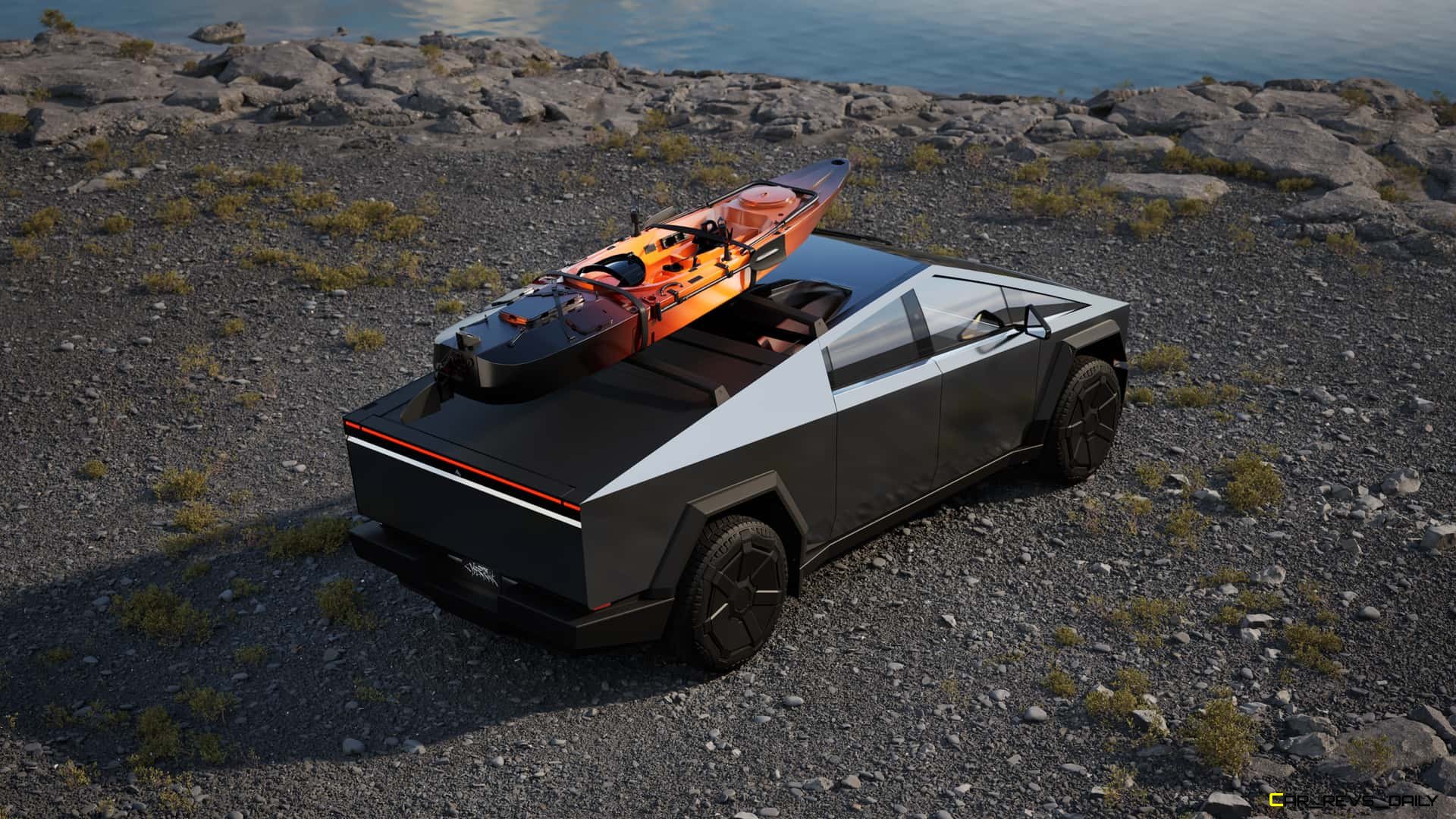
We suspect that part of this is due to some of the unconventional construction methods that Tesla is using in the truck’s construction but it also makes the model an outlier and we’ll have to wait and see if this high pricing will be to its detriment in long-term sales. Production of the Cybertruck is now underway at Tesla’s Gigafactory in Austin, Texas and the company delivered the first 10 examples to Tesla employees. Look for more of these employees to get their Cybertrucks in the short term before the order books gradually transition to customers from outside the rank and file.

Carl Malek has been an automotive journalist for over 10 years. First starting out as a freelance photographer before making the transition to writing during college, his work has appeared on numerous automotive forums as well as websites such as Autoshopper.com.
Carl is also a big fan of British vehicles with the bulk of his devotion going to the Morgan Motor Company as well as offerings from Lotus, MG, and Caterham. When he is not writing about automobiles, Carl enjoys spending time with his family and friends in the Metro Detroit area, as well as spending time with his adorable pets.


